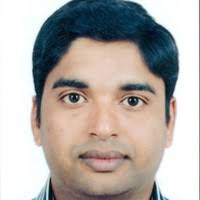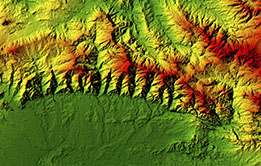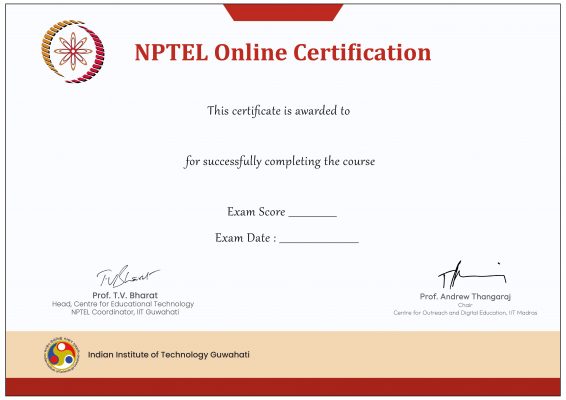Description
INTENDED AUDIENCE
INDUSTRY SUPPORT
ABOUT THE INSTRUCTOR

Prof. Rishikesh Bharti is a faculty member at the Department of Civil Engineering, Indian Institute of Technology Guwahati. He has been teaching Advanced Remote Sensing, Geohazard Science and Engineering, Advanced Techniques in Geoscience, Engineering Geology to the B.Tech, M.Tech and PhD students at IIT Guwahati. Hydrogeomorphology, Geospatial modelling, Snow and Glacier Studies, Spectroscopy of natural & manmade materials and Advance remote sensing (Hyperspectral and thermal) for the earth and planetary exploration are his major research interests. He hope participants will enjoy and learn the proposed course. The details of his research can be found at Website: http://www.iitg.ac.in/rbharti/



Reviews
There are no reviews yet.